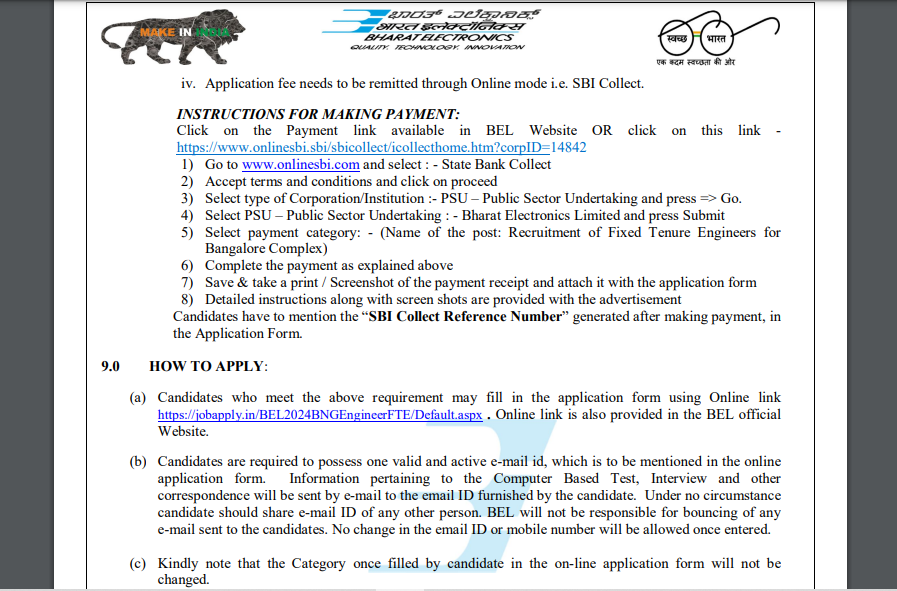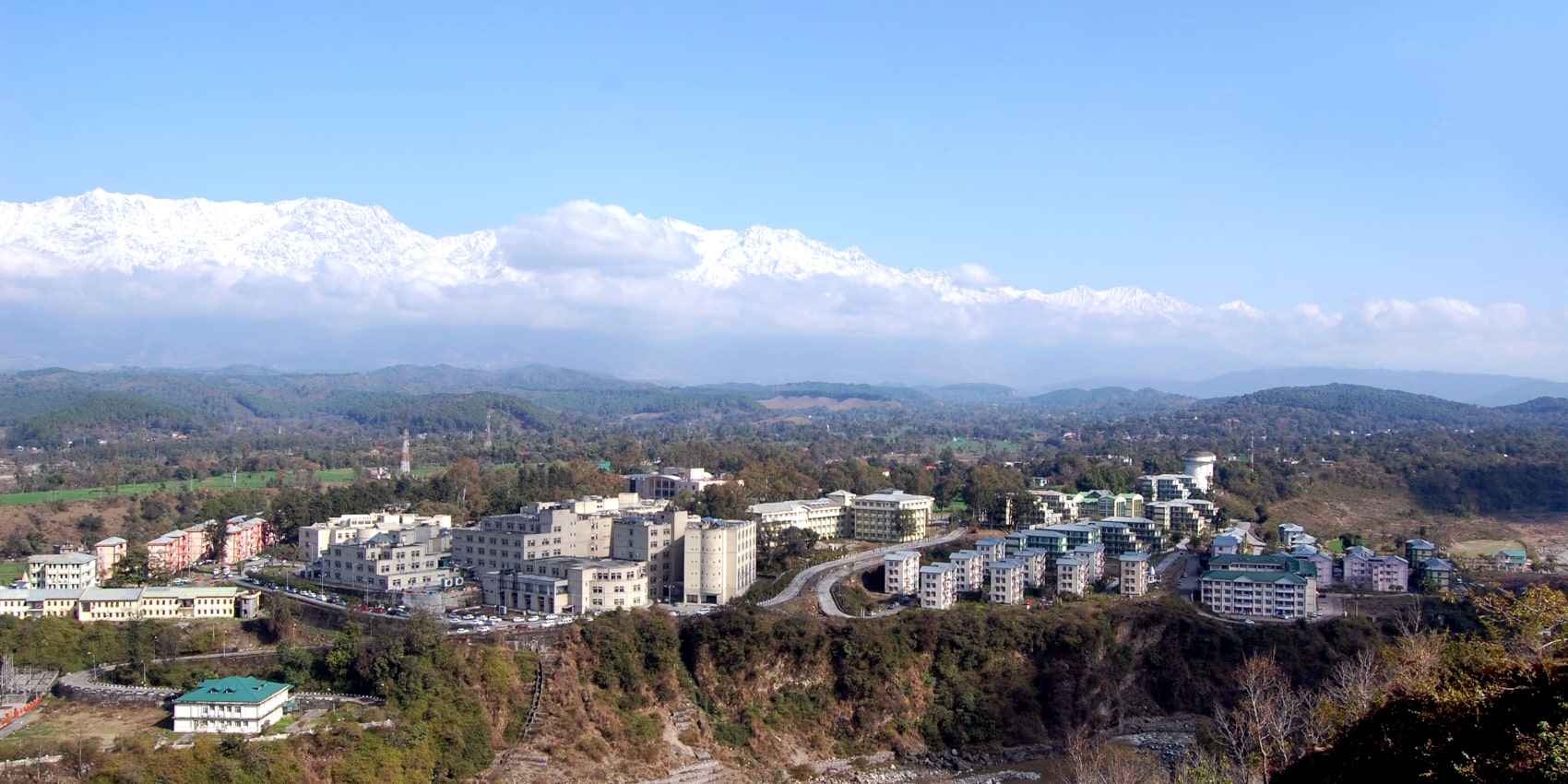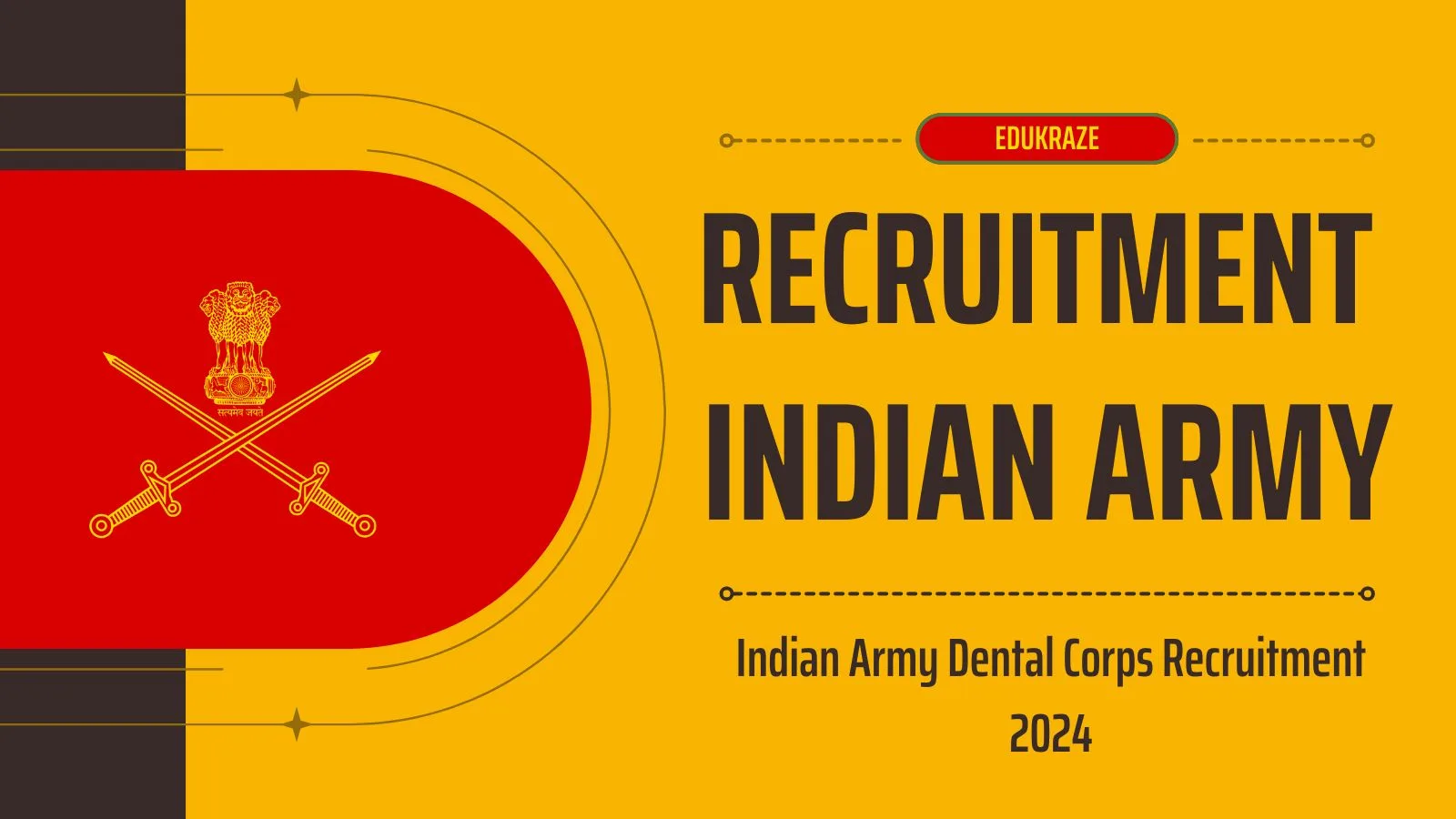The World Intellectual Property Day is celebrated annually on April 26th across the globe to spread awareness about intellectual property rights and how it promotes innovation and creativity. The day was established by the World Intellectual Property Office (WIPO), which is a specialized agency of the United Nations. WIPO was created to encourage creative activity and promote the protection of intellectual property worldwide. This article discusses the history, purpose, governing bodies, and contributions of the World Intellectual Property Organization.
Table of Contents
Genesis of WIPO
WIPO has its origins traced back to 1883 during the Paris Convention for the Protection of Industrial Property. Fourteen countries signed the Convention for the Protection of Industrial Property, which led to the creation of intellectual-property protections for inventions, trademarks, and industrial designs. WIPO was formally created by the Convention Establishing the World Intellectual Property Organization, which entered into force on April 26, 1970. Under this Convention, WIPO seeks to “promote the protection of intellectual property throughout the world.” It became a specialized agency of the UN in 1974.
Purpose of WIPO
The primary purpose of WIPO is to promote the protection of intellectual property worldwide. It achieves this through cooperation among states and collaboration with other international organizations. It also ensures administrative cooperation among the unions.
Governing Bodies of WIPO
WIPO has four governing bodies, which are as follows:
General Assembly
The General Assembly consists of all states party to the WIPO Convention that are also members of any of the unions. It meets every two years and has the highest authority of all the organs.
Conference
The Conference consists of all states party to the WIPO Convention, whether or not they are members of one or more of the unions. It meets every two years to discuss matters of general interest in the field of intellectual property, as well as to establish WIPO’s program of technical legal assistance and the budget for that program.
Coordination Committee
The Coordination Committee consists of the States party to this Convention, which are members of the Executive Committee of the Paris Union, or the Executive Committee of the Berne Union, or both. However, if either of these Executive Committees is composed of more than one-fourth of the number of the countries members of the Assembly, which elected it, then such Executive Committee shall designate from among its members the States that will be members of the Coordination Committee. It is understood that the country on the territory of which the Organization has its headquarters shall not be included in the computation of the said one-fourth.
Contributions of WIPO
WIPO has played a vital role in helping countries set up effective intellectual property regimes in all three areas patents, copyrights, and trademarks. As countries undertake the transition from state-run economies to market-driven ones, they see the necessity of a well-functioning intellectual property infrastructure. Hence, these countries see the advantages of joining the World Trade Organization; they seek the assistance of the WIPO in bringing their intellectual property regimes up to the required standards.
Patents
The WIPO’s most recent endeavours in the patent area centre on the Agreement on Trade-Related Aspects of Intellectual Property Rights (TRIPs), which was negotiated in the Uruguay Round of the General Agreement on Tariffs and Trade (GATT). Although that agreement was negotiated outside of the framework of the WIPO, the officials involved expected at the outset that the WIPO given its institutional strength and special expertise would…..ensure that the provisions of TRIPs were implemented effectively. WIPO played a key role in providing technical assistance to developing countries to help them comply with TRIPs obligations.
COPYRIGHT
WIPO’s most recent work in copyright deals with the development of an international treaty on the protection of the rights of performers and producers of phonograms against unauthorized duplication and distribution. The treaty, known as the WIPO Performances and Phonograms Treaty (WPPT), was adopted in 1996 and entered into force in 2002.
TRADEMARKS
In the area of trademarks, WIPO has been active in promoting the adoption and implementation of the Madrid Protocol, a treaty that simplifies the process of international registration of trademarks. The Madrid Protocol makes it possible for a trademark owner to obtain protection in several countries by filing a single international application.
WIPO’s role in the world of intellectual property is a vital one. It has played a key role in promoting and protecting intellectual property rights throughout the world, and in helping countries develop the necessary legal and institutional infrastructure to support such rights. WIPO’s efforts have contributed to the growth of innovation and creativity, and to the emergence of a global intellectual property system that is fair, balanced, and effective.
WIPO has also been instrumental in raising awareness about the importance of intellectual property rights, through events like World Intellectual Property Day. This annual event celebrates the role that intellectual property plays in driving innovation and creativity, and highlights the need to protect and promote such rights.
Conclusion
In conclusion, the World Intellectual Property Organization (WIPO) is a specialized agency of the United Nations that promotes and protects intellectual property rights throughout the world. WIPO was created to encourage creative activity and to promote the protection of intellectual property. It has played a vital role in helping countries develop the necessary legal and institutional infrastructure to support intellectual property rights. WIPO has also been instrumental in raising awareness about the importance of such rights, through events like World Intellectual Property Day.
FAQs
What is the purpose of World Intellectual Property Day?
World Intellectual Property Day is observed on April 26 annually to make people know how intellectual property (IP) rights encourage innovation and creativity.
When was the World Intellectual Property Organization (WIPO) formally created?
WIPO was formally created by the Convention Establishing the World Intellectual Property Organization, which entered into force on April 26, 1970.
What is the role of WIPO in the world of intellectual property?
WIPO’s role in the world of intellectual property is a vital one. It has played a key role in promoting and protecting intellectual property rights throughout the world, and in helping countries develop the necessary legal and institutional infrastructure to support such rights.
What are the governing bodies of WIPO?
WIPO has four governing bodies which include the General Assembly, the Conference, the Coordination Committee, and the Secretariat.
What are some of WIPO’s recent endeavours in the area of patents?
WIPO’s most recent endeavours in the area of patents include providing technical assistance to developing countries to help them comply with TRIPs obligations. WIPO has also played a key role in the implementation of the Agreement on Trade-Related Aspects of Intellectual Property Rights (TRIPs).
Do Follow us on Facebook and For More Updates on Competitive Exams Checkout our Website
























